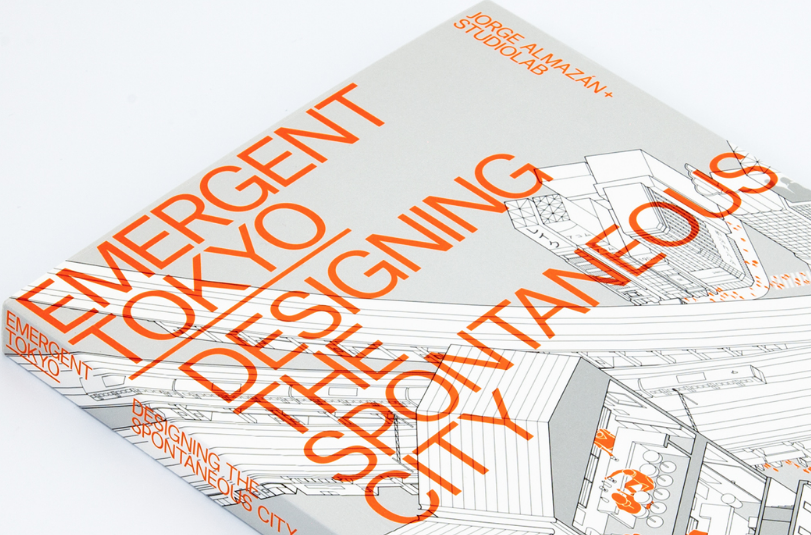I recently read a very interesting book on urban planning (or lack of planning) in Tokyo, entitled Emergent Tokyo. Tokyo is one of my favorite cities, and is also the world largest metropolis (with a metro population of 38 million.) Much of Tokyo’s dynamism comes from the spontaneous way it developed:
As the Japanese government attempted to rebuild their devastated capital city, they initially drafted a comprehensive plan, but soon concluded that they lacked the budget to carry it out. And so, in areas where neither the government nor the country’s real-estate and transportation mega-corporations could properly fund reconstruction efforts, whole neighborhoods instead rapidly rebuilt themselves. Working on a small scale, residents rebuilt homes and shops using scraped-together funds while relying on little more than their collective grit and inventiveness, and black markets full of micro-entrepreneurs sprung up around the city’s major train stations. These neighborhoods were not initially planned, per se—they emerged, and their ramshackle, spontaneous spirit can still be felt today when walking Tokyo’s backstreets.
This approach was adopted out of harsh necessity, but the resulting neighborhoods have a striking charm: intimate townscapes with exceptional vitality and livability, featuring a fine-grained urban fabric comprised of numerous small buildings.
Because of Japan’s light touch zoning it is relatively easy to build housing in Tokyo, and thus the city is not as “unaffordable” as you might expect. Tokyo has also avoided the bland uniformity of the major cities in China. I highly recommend the book to people interested in urban design—the graphics are especially well done.
The book contains a number of interesting observations about Japan that were new to me:
Despite these attempts to portray the Japanese as a harmonious and homogeneous people since time immemorial, the idea of Japan as a homogeneous nation is actually a relatively recent development. Ironically, the dominant ideology in early 20th-century Japan explicitly held that Japan was a multi-cultural society originating from a melting pot of various Asian ethnicities—which, according to imperialists at the time, gave Japan the intrinsic capacity to incorporate other nations into the Japanese Empire.
Netflix has a charming Japanese TV series called Midnight Diner, which shows a tiny bar similar to those discussed in this book.
PS. After writing this post, I came across an interesting NYT story on Tokyo housing:
Two full-time workers earning Tokyo’s minimum wage can comfortably afford the average rent for a two-bedroom apartment in six of the city’s 23 wards. By contrast, two people working minimum-wage jobs cannot afford the average rent for a two-bedroom apartment in any of the 23 counties in the New York metropolitan area. . . .
Some cities, like Singapore and Vienna, have bucked the trend by using public money to build affordable housing. Almost 80 percent of Singapore residents live in public housing.
In Tokyo, by contrast, there is little public or subsidized housing. Instead, the government has focused on making it easy for developers to build. A national zoning law, for example, sharply limits the ability of local governments to impede development. . . .
“In progressive cities we are maybe too critical of private initiative,” said Christian Dimmer, an urban studies professor at Waseda University and a longtime Tokyo resident. “I don’t want to advocate a neoliberal perspective, but in Tokyo, good things have been created through private initiative.”
I do wish to advocate a neoliberal perspective.
PPS. Check out Tokyo in this graph from the Financial Times:



READER COMMENTS
Brandon
Sep 12 2023 at 4:29pm
I can’t believe Professor Dimmer advocated on behalf of something so immoral. For shame!
Philo
Sep 13 2023 at 4:29pm
At least, he didn’t want to do it.
Dylan
Sep 13 2023 at 6:44pm
I’ve always been a little curious why Hong Kong and Singapore have long lived on the top of economic freedom lists, when the governments of both have such a large role in housing?
Mark Brophy
Sep 14 2023 at 3:51am
Maybe their governments don’t control healthcare and education as much as other governments.
Scott Sumner
Sep 14 2023 at 2:12pm
I always go back to that Adam Smith quote—there’s a great deal of ruin in a nation. I doubt there is a country on Earth with more economic regulations than the US, and we’re regarded as a free market economy.
Mactoul
Sep 13 2023 at 8:12pm
Yet such unplanned neighborhoods are hideous in Indian cities like Delhi and Bombay. Planned cities like Le Carbusier’s Chandigarh are highly prized.
Scott Sumner
Sep 14 2023 at 2:13pm
Good point. Aren’t there serious property rights problems in Indian cities?
Mactoul
Sep 14 2023 at 8:26pm
A lot of unplanned neighborhoods do have shaky property rights hence the incentive is just to possess the land and built a cheap building. But even those neighborhoods with solid property rights do not compare well with planned neighborhoods.
Henk Bruinsma
Sep 18 2023 at 2:04am
Highly prized by whom? CHandigarh doesn’t seem particulary succesfull as a city to actually live in. It is a testament to the hubris of central planning.
Comments are closed.